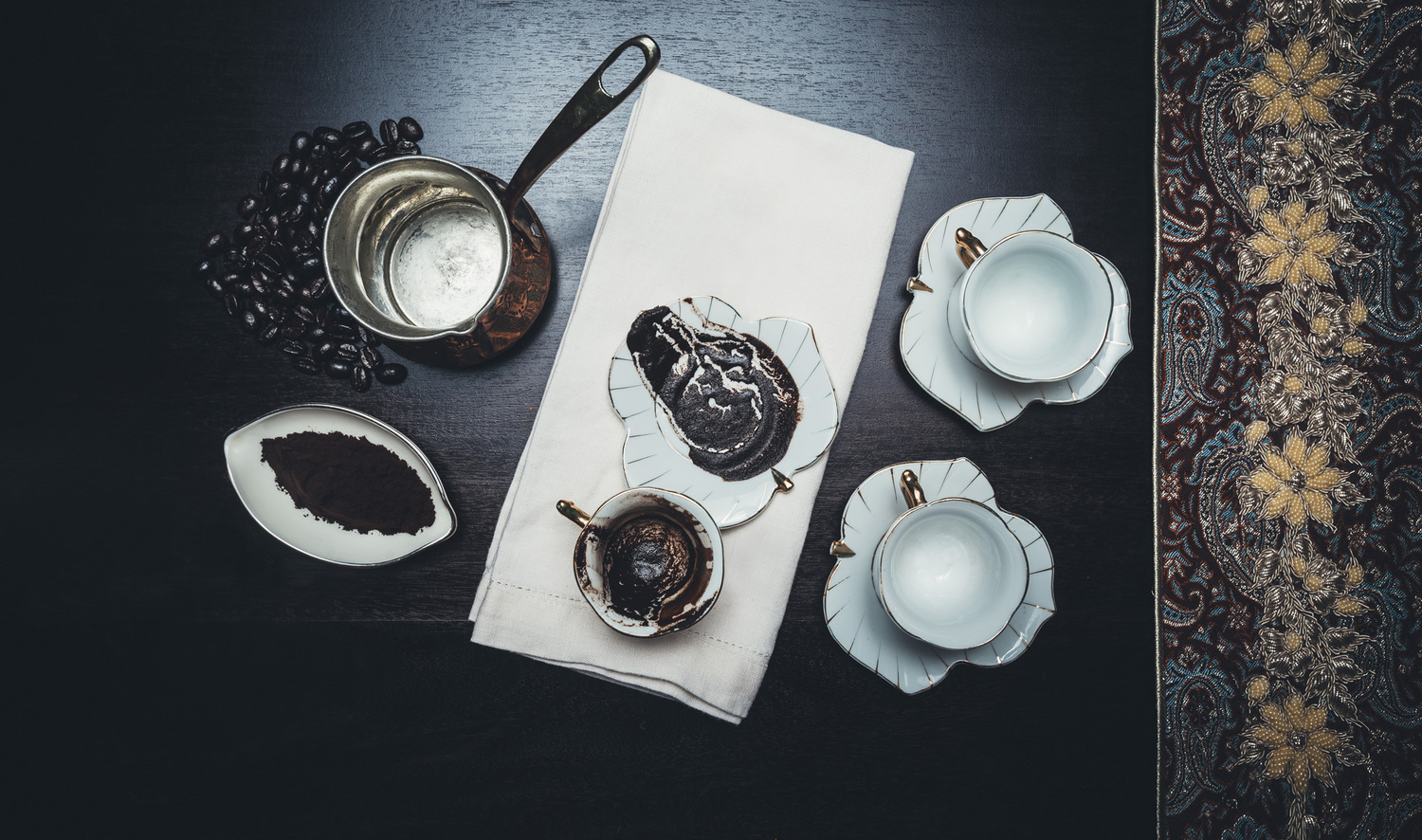
The Australian Health Protection Principal Committee (AHPPC) has advised against travel to and from Hume, Casey, Brimbank, Moreland, Cardinia and Darebin until control of community transmission has been confirmed.
The committee — which includes all the state chief health officers and is chaired by Australia’s chief medical officer, Brendan Murphy — says the advice is based on figures which show more than 83 per cent of new COVID-19 cases in Australia in the past seven days have been recorded in Victoria.
Almost one in five Victorians (18 per cent) live in the six hotspots.
Victoria saw a surge in coronavirus cases with 19 new cases recorded overnight Sunday — the state’s fifth day in a row of new coronavirus cases in the double digits.
Health authorities say most of the state’s new cases are linked to clusters — often within extended families — which has created worrying hotspots in parts of the state.
Where are Victoria’s coronavirus hotspots?

They’re all in local government areas that include parts of Melbourne.
There are currently no hotspots in regional Victoria.
These hotspots take in suburbs on the west, north and south-east of the city.
The Melbourne CBD has the highest number of active cases, but that’s where returned international travellers are undergoing mandatory hotel quarantine.
And those cases, acquired overseas, are not the ones health authorities are most worried about.

So which parts of Melbourne are of greatest concern?
The Government is most concerned about the local government areas (LGAs) that have seen the highest number of cases since the start of June.
As of Saturday, those included:
- Hume (17)
- Brimbank (10)
- Casey (7)
- Darebin (6)
- Moreland (6)
- Cardinia (6)

Why have these parts of Melbourne seen so many coronavirus cases?
Premier Daniel Andrews says since April, half of Victoria’s new coronavirus cases have come from family-to-family transmission.
The two biggest family clusters in recent weeks are known as the Keilor Downs family cluster and the Coburg family cluster — both named after the suburbs in Melbourne where they’re believed to have begun.
Together, those two family clusters account for 25 cases and include residents in the Hume, Brimbank, Moreland and Cardinia LGAs.
The other main sources of Victoria’s recent COVID-19 cases include two large clusters among workers at the Stamford Plaza Hotel in Melbourne’s CBD and the Rydges on Swanston hotel in Carlton.
These workers, many of whom would live in Melbourne’s suburbs, account for at least 30 cases.
The state’s coronavirus detectives have not been able to put their finger on exactly how the first transmission occurred, but given the hotels were both being used to quarantine returned international travellers, they believe a contractor picked it up from a traveller and the virus then spread among colleagues through a lack of social distancing.









